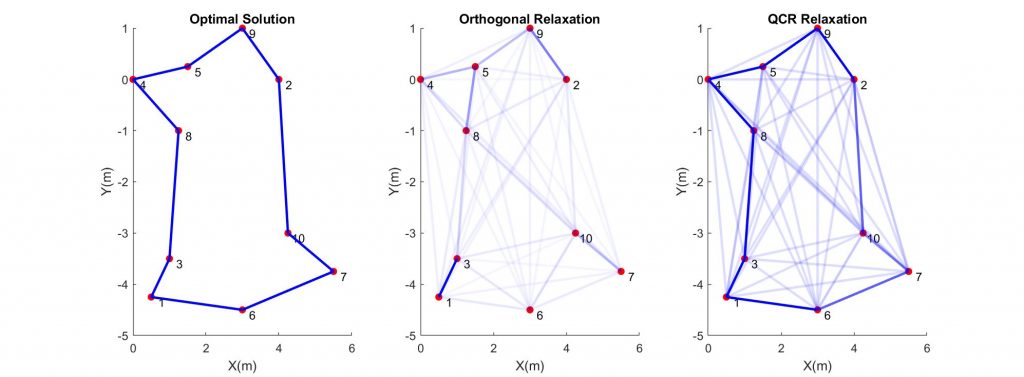

We truly need to know our existing safety culture and to know if it matches our vision.

To best honor Josh's memory we must learn from this tragedy and ensure that this does not happen again: Josh and his partner both were driving instructors.įinally, we learned that many levels of the organization were aware of this practice and either condoned these at-risk behaviors or looked the other way. We learned that this was the existing culture at this operation and that it had been passed from one generation to the next. We also learned that this crew routinely did not wear seat belts, and routinely did not stop at red lights and stop signs. She made several attempts to return to duty, after both in-and outpatient therapy, but as soon as the red lights and siren came on she became unable to complete the call. His partner was never able to return to EMS.Josh was said to have a constant smile and an infectious personality that everyone liked and respected.Josh's partner had never defibrillated a patient and Josh was hoping to beat other responders to the scene so she could have this experience.We were responding hot to a nursing home for a patient in cardiac arrest.Over the days and weeks that followed we learned a lot about this collision and those involved. The town and my company were both numb with shock. By the time I arrived a critical incident stress debriefing was underway. This was such a catastrophe that even the town's mayor responded. His partner was also injured, though the injuries were reported to be non-life threatening. Our vehicle rolled over the medic, who was driving, was partially ejected. If you pass that you will then be assigned a preceptor and a 10-shift internship phase for you to learn the job and on your 9th shift, that will be your evaluation shift, basically to see if you can run calls at whatever level, you applied as.Training EMS personnel to drive: What are we thinking?
AMR EVOC TEST ANSWERS HOW TO
At the end of your orientation, you go through EVOC training which is basically learning how to drive an ambulance through various obstacle courses. Orientation is a Monday through Friday, 8-hour shift ordeal which will consists of various paperwork, company/HR policy presentations, and just a bunch of other pre-requisite stuff you need to complete before you start officially working. Assuming you pass that you are then assigned an orientation start date. After that you attend a physical agility test, which consists of lifting various weights to mimic lifting patients on a gurney and a CPR test. Basically, very generic interview questions. The questions were along the lines of "how did you resolve a conflict between two coworkers" or "name a time you had to deal with a stressful situation, and what you did".

You will first get a phone call from a recruiter who will then conduct the interview through the phone. Asked MaIt takes about 1 month to get started.


 0 kommentar(er)
0 kommentar(er)
